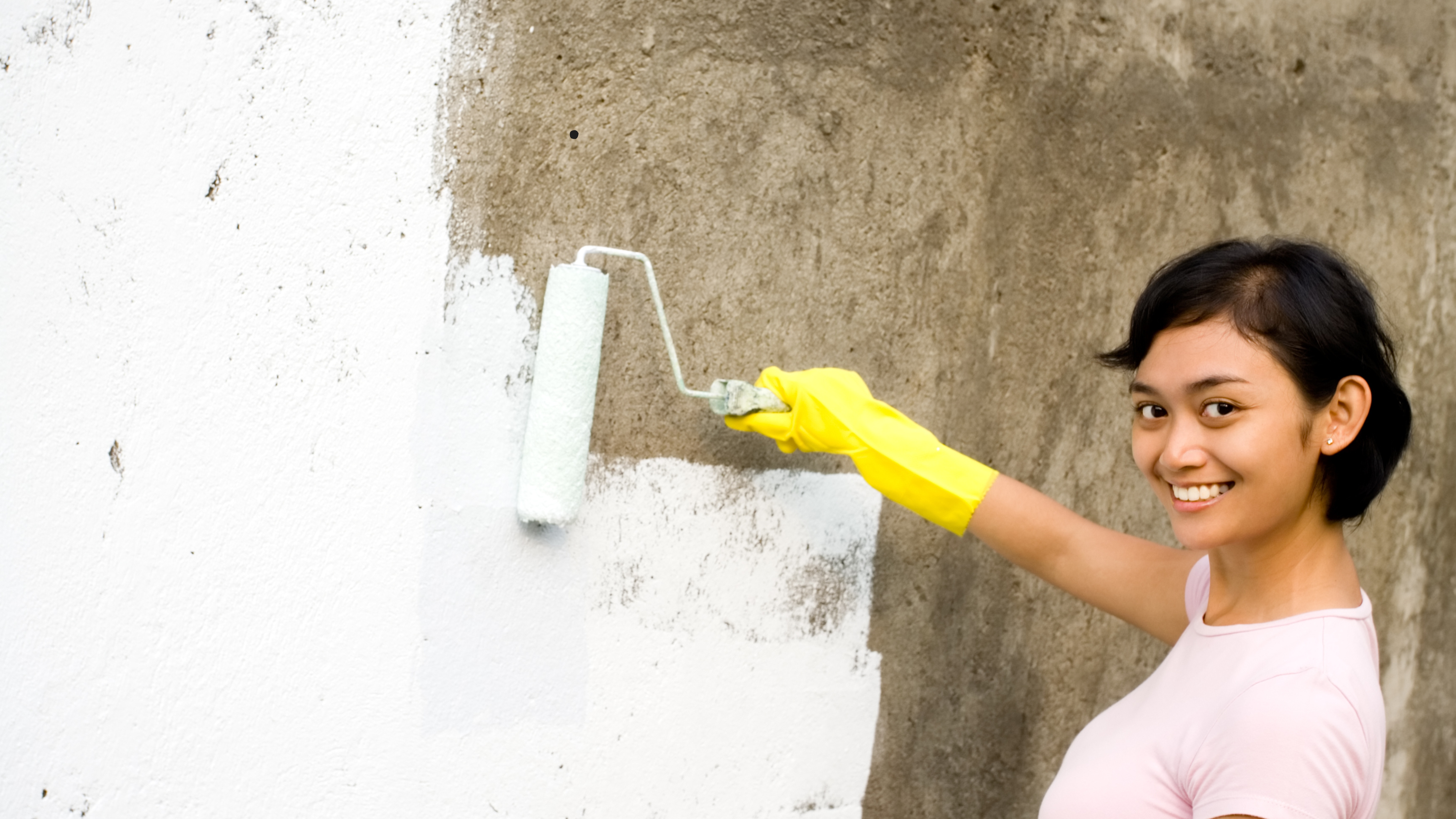RESIDENTIAL EXTERIOR

BENEFITS OF EXTERIOR PAINTING
- Improved Aesthetic Appeal: The most apparent benefit of exterior painting is the instant improvement in a home’s appearance. A thoughtfully chosen color scheme can modernize an older home, highlight architectural features, and create a welcoming atmosphere.
- Increased Property Value: Homes with freshly painted exteriors often attract higher appraisals and buyer interest. A well-maintained exterior signals to potential buyers that the property has been cared for, potentially leading to faster sales at better prices.
- Protection Against Environmental Elements: Paint acts as a protective barrier against harsh weather, UV rays, moisture, and pests. High-quality paint can prevent issues such as mold, mildew, and wood rot, prolonging the lifespan of your home’s exterior materials.
- Energy Efficiency: Light-colored paints can reflect sunlight, reducing heat absorption and potentially lowering energy costs. Conversely, darker tones can retain warmth in colder climates.
PREPARING FOR EXTERIOR PAINTING
Proper preparation is crucial for achieving a durable and flawless finish. The following steps ensure optimal results:
- Surface Cleaning: Dirt, mildew, and peeling paint must be removed to create a clean surface for new paint. Pressure washing is a common method for thorough cleaning.
- Inspection and Repairs: Before painting, inspect the exterior for cracks, holes, or damaged siding. Repairing these issues prevents further deterioration and ensures a smooth paint application.
- Priming: Priming creates a stable base for the paint, enhancing adhesion and ensuring consistent color. It’s especially important for bare wood, metal, or previously unpainted surfaces.
CHOOSING THE RIGHT PAINT AND COLORS
Types of Paint:
- Acrylic Paint: Durable, flexible, and resistant to fading, acrylic paint is a popular choice for exterior surfaces.
- Oil-Based Paint: Offers a smooth finish and excellent adhesion but is less environmentally friendly and slower to dry.
Finishes:
- Flat Finish: Ideal for older homes, as it hides imperfections.
- Satin Finish: Provides a slight sheen and is easy to clean, making it suitable for high-traffic areas.
- Glossy Finish: Highly reflective and durable, best used for trims and doors.
Color Selection:
Choose colors that complement your home’s architecture and surrounding environment. Neutral tones are timeless, while bold hues can create a striking statement. Many homeowners use online visualizers or consult professional designers to finalize their palette.
HIRING PROFESSIONAL PAINTERS VS. DIY
Professional Painters:
Hiring professionals ensures efficiency, quality, and safety. Experienced painters have the tools and knowledge to handle large-scale projects and navigate challenges like hard-to-reach areas or intricate details.
DIY Painting:
For those with time, skill, and a tight budget, DIY painting can be a rewarding project. However, it requires thorough preparation, equipment, and patience to achieve professional-looking results.
MAINTENANCE TIPS FOR PAINTED EXTERIORS
To maintain your home’s fresh look and protect its surface, follow these maintenance tips:
- Regular Cleaning: Wash the exterior annually to remove dirt and prevent mildew growth.
- Touch-Ups: Address chips or peeling paint promptly to avoid further damage.
- Inspect Annually: Check for cracks, rot, or other issues that may compromise the paint’s integrity.
- Repaint Periodically: Depending on the paint quality and climate, exteriors should be repainted every 5-10 years.
